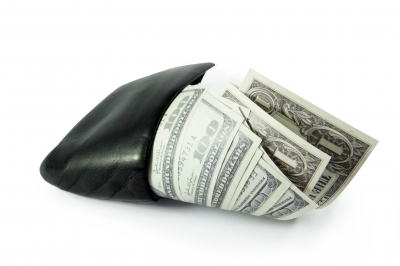Understanding CD Early Withdrawal Penalties: What You Need to Know
In the world of financial investments, Certificates of Deposit (CDs) are known for their fixed interest rates and term lengths. However, one major drawback is the early withdrawal penalty that comes with accessing your funds before the maturity date. While it is generally advised to avoid early withdrawals to maximize earnings, there are certain situations where incurring the penalty may be worth it.
Emergency expenses, down payments, and significant increases in interest rates are some scenarios where breaking a CD early could make financial sense. Understanding the terms and conditions of early withdrawal penalties is crucial when deciding to open a CD, as penalties can vary greatly among financial institutions.
The typical structure for early withdrawal penalties involves forfeiting a set number of months of interest, depending on the length of the CD. Some penalties may also be based on a percentage of the balance or a flat fee. It is important to be aware of these factors before making any decisions.
Factors such as the bank or credit union, the length of the CD, and the yield can all impact the severity of the penalty. It is recommended to research and compare different CD options to find the best fit for your financial goals.
For those looking to minimize early withdrawal penalties, strategies such as building a CD ladder or choosing shorter terms can be beneficial. Additionally, considering high-yield savings accounts as an alternative to CDs for more liquid savings may also be a wise choice.
While it is always ideal to leave your money in a CD for the full term to avoid penalties, understanding when and why early withdrawal may be necessary is essential. By weighing the potential costs and benefits, individuals can make informed decisions regarding their financial investments.

:max_bytes(150000):strip_icc()/GettyImages-954343262-9ec5121578524bf7b40fc283330e4b06.jpg?w=150&resize=150,150&ssl=1)
:max_bytes(150000):strip_icc()/appraiser-c1c881cd00af4d6c8af80c98613b4f74.jpg?w=150&resize=150,150&ssl=1)
